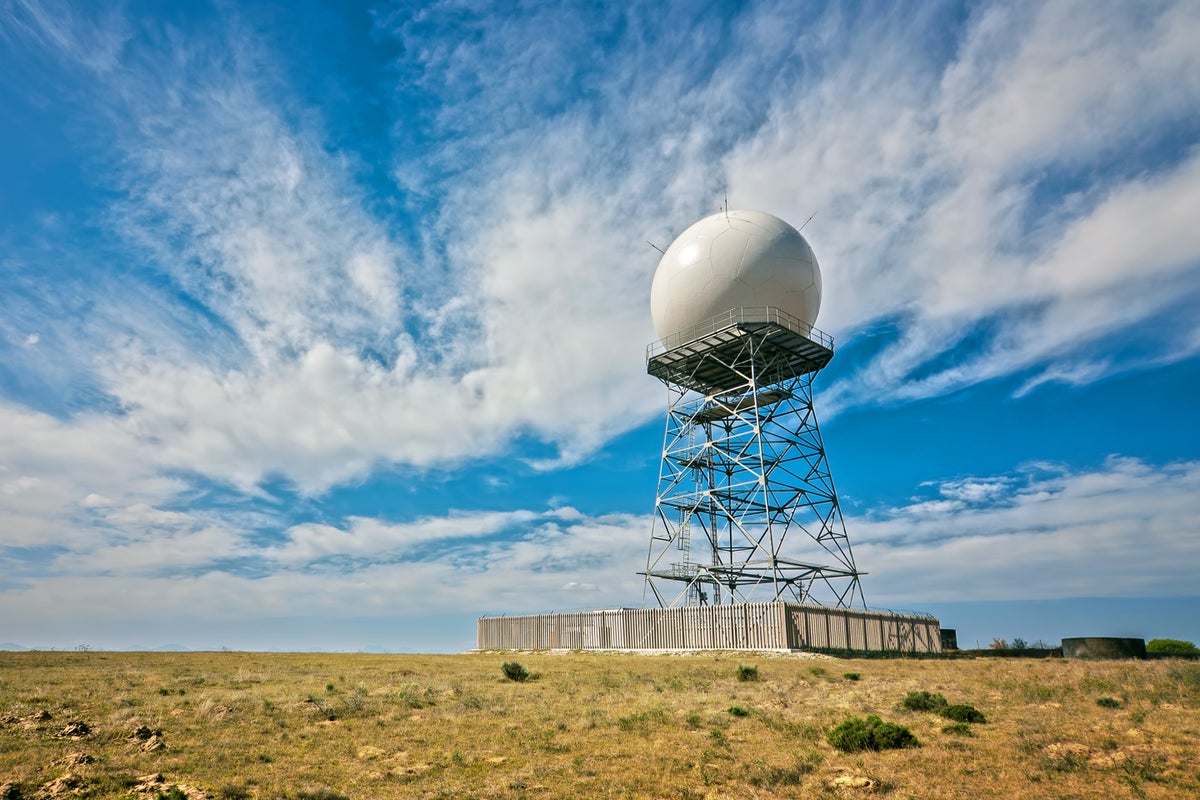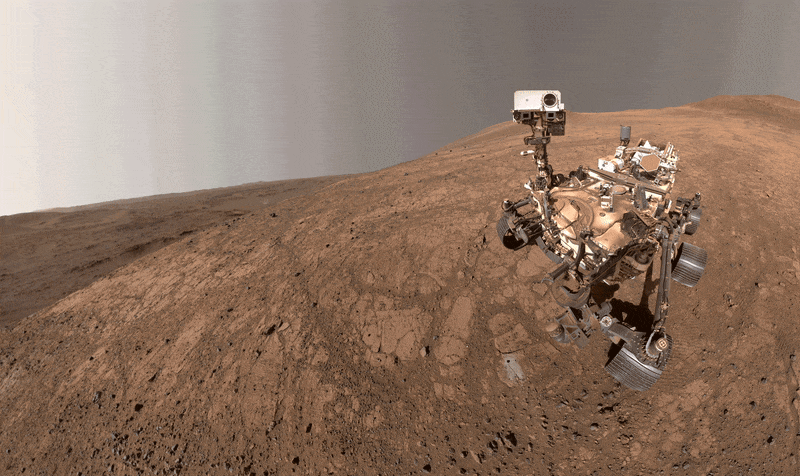Now Reading: Doppler Radar: Transforming Weather Forecasts and Saving Lives
-
01
Doppler Radar: Transforming Weather Forecasts and Saving Lives
Doppler Radar: Transforming Weather Forecasts and Saving Lives

Swift Summary
- Doppler Radar Technology: the National Weather Service (NWS) operates 160 high-resolution radars across the U.S., forming the Next Generation Weather Radar (NEXRAD) network. Installed in 1988 and upgraded in 2012, these systems use microwave pulses to detect precipitation and atmospheric movement, crucial for predicting tornadoes, flash floods, and other severe weather events.
- Capabilities: Doppler radar allows meteorologists to observe storm systems on multiple levels and predict phenomena like tornado formation or downbursts. The technology includes dual polarization for greater detail in detecting precipitation.
- Threats: Concerns are rising over potential radar outages due to reduced budgets from the Trump administration or sabotage by conspiracy groups believing radars are “weather weapons.”
- Safety Assurance: Doppler radars pose no danger to people at a safe distance; thier emitted microwaves rapidly dissipate and do not affect global weather patterns.
- Maintenance Challenges: Federal budget cuts have limited staffing for maintenance of these critical infrastructures. Experts warn that extended downtimes coudl compromise real-time severe weather warnings, especially since many regions lack overlapping coverage.
Indian Opinion Analysis
Doppler radar technology has transformed meteorology with lifesaving advancements like increased warning times for natural disasters. For India-where extreme weather events like cyclones and erratic monsoons can cause widespread devastation-the capability showcased by these U.S. radars underscores the importance of maintaining robust infrastructures locally, such as India’s IMD indigenously developed doppler system.
Budgetary constraints affecting maintenance highlight how essential adequate funding is for any nation’s disaster preparedness strategy. In India’s case, prioritizing investment in newer-generation technologies similar to NEXRAD could ensure better forecasting accuracy while mitigating risks during critical periods.Conspiracy theories targeting scientific tools remain a concern globally; managing public misinformation responsibly remains key to protecting vital infrastructure from misguided beliefs here as well.
Read More
https://www.scientificamerican.com/article/how-doppler-radar-lets-meteorologists-predict-weather-and-save-lives/

























